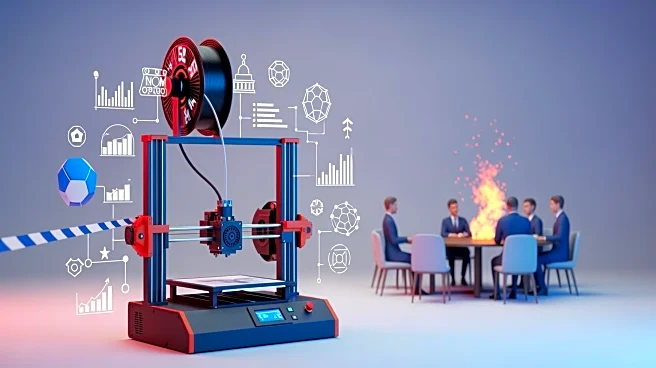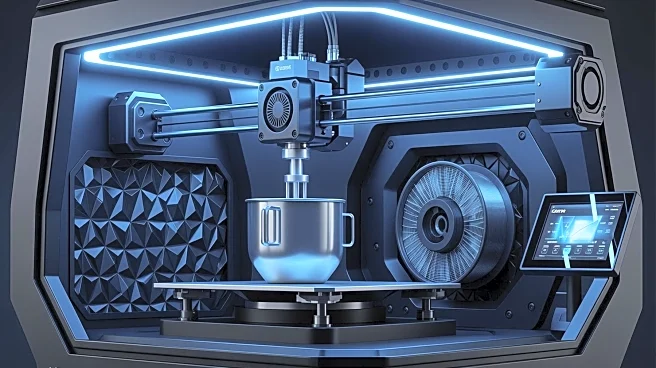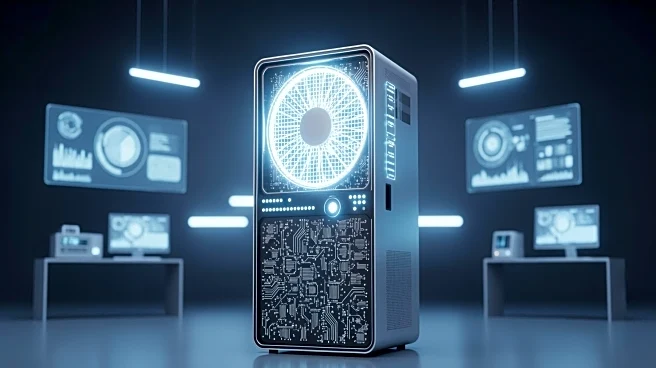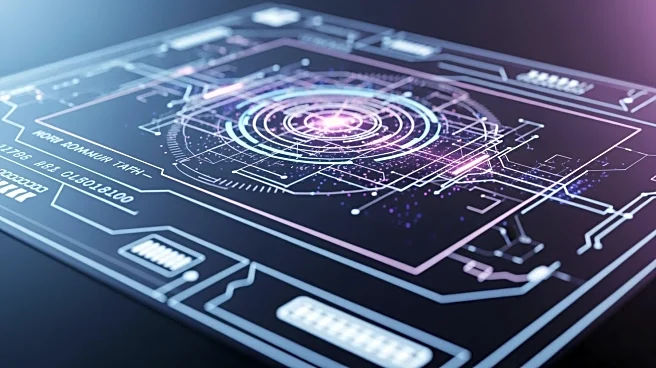What's Happening?
Recent advancements in machine learning and statistical analysis have significantly improved color uniformity in extrusion 3D printing. A study conducted by researchers applied techniques such as histogram
analysis, clustering, and standard index methods to evaluate the performance of various mixer designs. The Split Path Mixer and Full Turn Helix demonstrated superior blending capabilities compared to other designs, enhancing the quality and uniformity of mixed color distribution. The study highlights the effectiveness of structured mixing mechanisms in achieving better material dispersion and color blending in 3D printing applications.
Why It's Important?
The improvements in color uniformity through advanced mixer designs have significant implications for the 3D printing industry. Enhanced mixing efficiency can lead to higher quality prints, reducing material waste and improving aesthetic outcomes. This development is crucial for industries relying on precise color matching and uniformity, such as automotive, consumer goods, and fashion. The use of machine learning in evaluating mixer performance also underscores the growing role of AI in optimizing manufacturing processes, potentially leading to more cost-effective and sustainable production methods.
What's Next?
The study suggests that further research and development could focus on refining mixer designs to achieve even greater color uniformity and material homogeneity. As machine learning techniques continue to evolve, they may offer new insights into optimizing other aspects of 3D printing, such as speed and material properties. The industry may also see increased collaboration between AI researchers and manufacturing experts to explore innovative solutions for complex production challenges.
Beyond the Headlines
The application of machine learning in 3D printing represents a broader trend of integrating AI into manufacturing processes. This shift could lead to more personalized and adaptive production methods, where machines learn and adjust to specific requirements in real-time. Additionally, the focus on color uniformity highlights the importance of aesthetic considerations in manufacturing, which can influence consumer perceptions and brand value.











